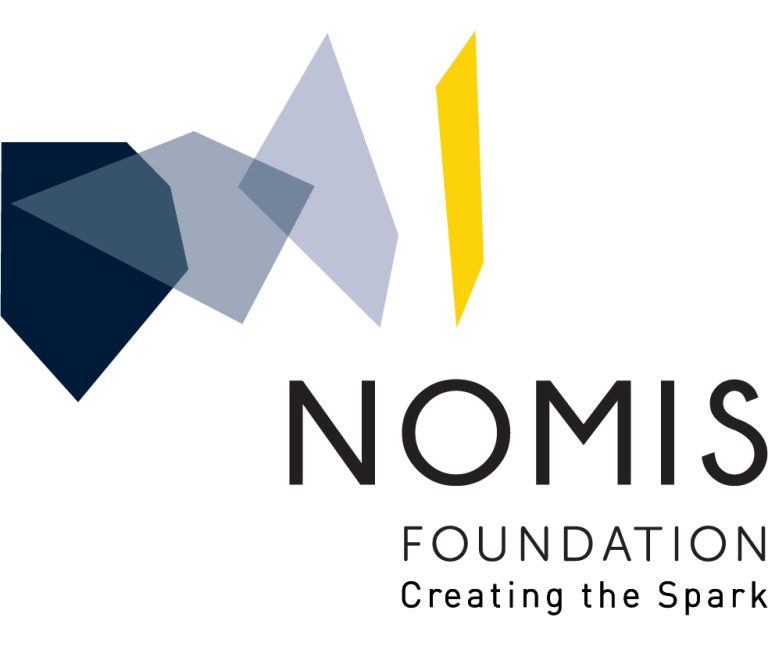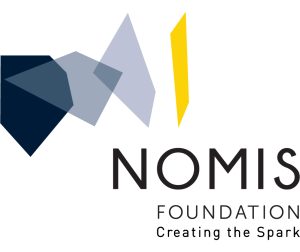Intellectualists suggest that practical knowledge, or ‘knowing- how’, can be reduced to propositional knowledge, or ‘knowing-that’. Anti-intellectualists, on the contrary, suggest, following the original insights by Ryle, that such a reduction is not possible. Rejection of intellectualism can be proposed either by offering purely philosophical analytical arguments, or by recruiting empirical evidence from cognitive science about the nature of the mental representations involved in these two forms of knowledge. In this paper, I couple these two strategies in order to analyze some crucial reasons for which intellectualism seems not to be the best theory we have to correctly understand and describe practical knowledge. In particular, I will start from a specific philosophical account against intellectualism offered by Dickie (Philos Phenomenol Res LXXXV(3):737–745, 2012), and suggest that it can be supported by current experimental results coming from motor neuroscience. The claim of the paper is that there is at least one kind of practical knowledge, which I call motor knowledge, and which is at the basis of the performance of skilled action, which cannot be reduced to propositional knowledge.


